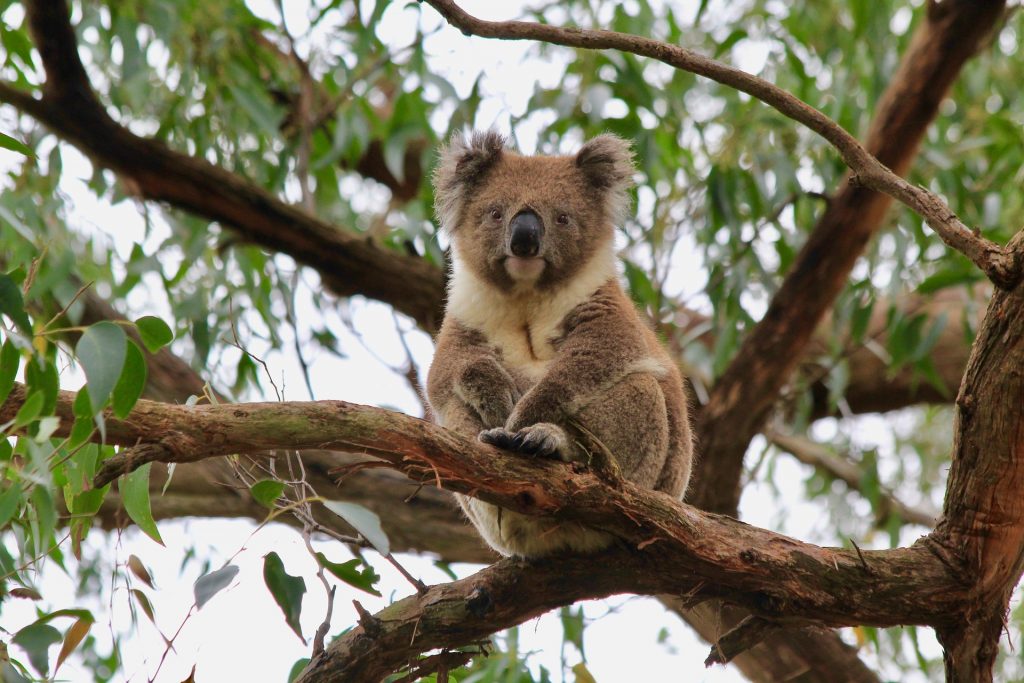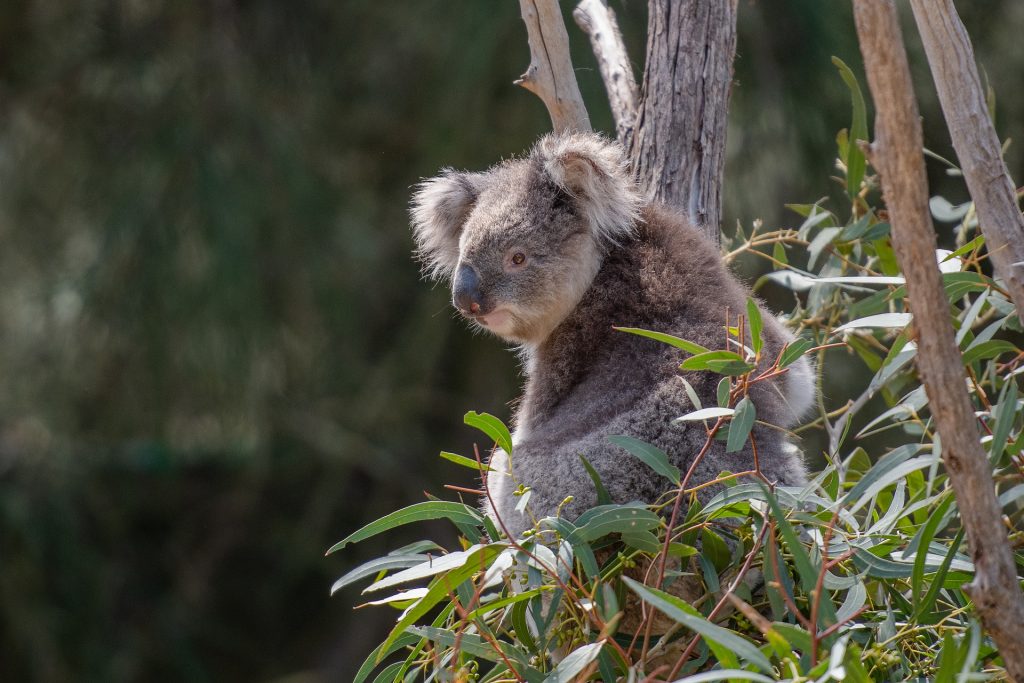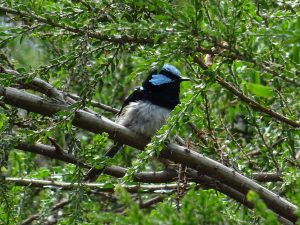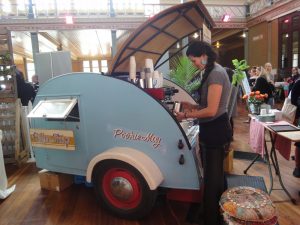Can you imagine an Australia without koalas? Australia’s most famous fluffy and cute marsupials are struggling to survive. So, it’s our duty to secure their survival.
According to the Australia Koala Foundation, more than 65% of koala populations live in Victoria and South Australia. In early 2020, these two states were severely affected by bushfires but only a small amount of koala habitat was destroyed because most of Victoria’s koalas live in south-west Victoria. According to Deakin University ecologist Dr Desley Whisson, “only 5 to 7% of Victoria’s koalas were affected by the recent bushfires, which were concentrated in East Gippsland.”

On the contrary, koala populations in New South Wales, Australian Capital Territory and Queensland are declining. Dr Whisson said “about 45% of koalas in northern New South Wales and 5% of those in southern New South Wales are estimated to have been lost” due to the bushfires there.
As well as bushfires, koala populations are also affected by extensive logging and loss of habitat. Koalas are affected by attacks from domestic and wild dogs and collisions with cars as well as disease. Chlamydia is the main disease that affects koalas which increases during times of stress on populations.
A paper has just been published by The Society of for Conservation Biology which says there is an over-abundance of koala populations in Australia’s southern states. The paper suggests that populations can be managed using methods such as fertility control, relocations, koala-proof fencing and revegetation. Revegetation is an interesting suggestion here because the survival of koalas relies on the most obvious and crucial fact – koalas need habitat to survive.

The Australia Koala Foundation has conducted research to determine koala numbers in Australia. Their Koala Habitat Atlas can identify, rank and map koala populations across Australia and covers 28 years of research. Close to 100,000 trees and 2,000 field sites across Queensland, New South Wales, Victoria and South Australia were covered. From this research, the Australia Koala Foundation estimates there are only between 44,920 and 85,495 koalas left in the wild.
However, because there are higher numbers of koala populations in Victoria and South Australia, koalas are not classed as a vulnerable species. Local and state governments may not then be as motivated to secure koala populations and habitats. Koala populations are then still threatened by habitat loss. Urbanisation is one reason why habitats are being lost, especially because Melbourne’s sprawl (the capital city) keeps spreading.
In parts of Victoria, koala numbers and koala habitats are being protected by not-for-profit groups. One such group is the Koala Conservation Centre and Reserve in Phillip Island. Here, the centre rehabilitates injured koalas, monitors existing populations, and preserves the natural habitat.

Travellers to the area can explore the tree-top boardwalks and view koalas in their natural habitat while learning about the local populations. Travellers can also wander along trails through bushland and spot bird life, wallabies, echidnas and bats, too.
Education is then essential to the survival of koalas and will help to secure their future. As Dr Whisson suggests, “an improved understanding of koala distribution, abundance and population fluctuations, current and future threats, population health and genetic diversity, and gene flow between populations is needed to inform effective conservation actions.” However, humans still need to address their role and their part in the threat as well. There has never been a more critical time than now for Australia to address these interconnected issues to help save its koala populations.
If you want to learn more about koalas, you can visit the Australian Koala Foundation’s website. You can also find many books about koalas for all ages at Booktopia, Australia’s online local bookstore.




